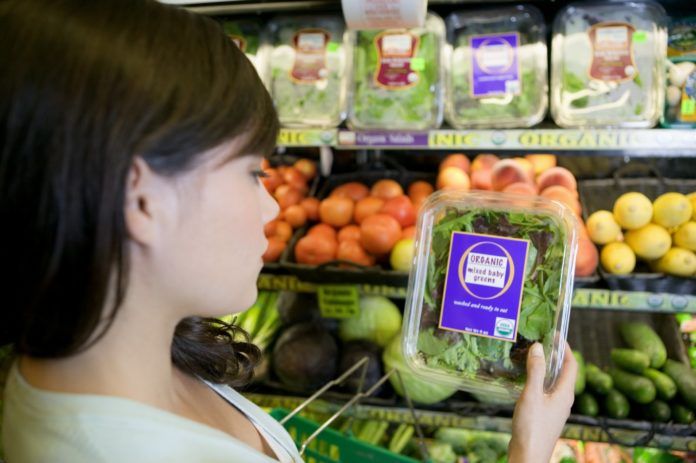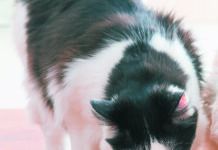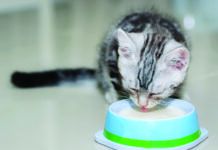Interpreting cat food labels can be a challenge, but in the end it comes down to common sense and this surprising advice: Don’t focus too much on ingredients, says Lisa Freeman, DVM, PhD, a board-certified veterinary nutritionist at Cummings School of Veterinary Medicine at Tufts University.
THINKSTOCK
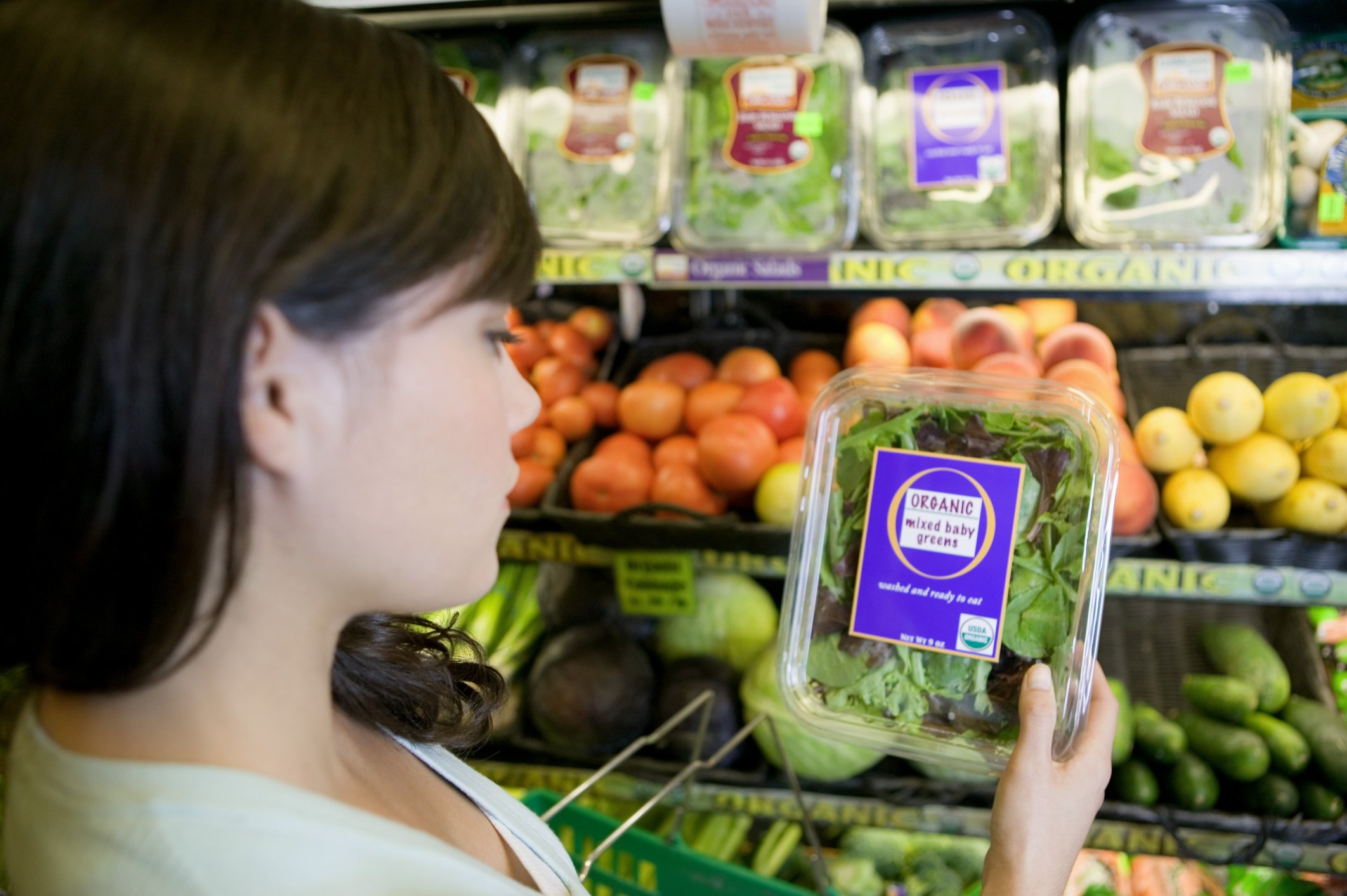

It’s more important to focus on the company’s reputation, nutritional knowledge and quality control standards as well as the overall nutrient profile of the diet and how well the diet meets the individual cat’s requirements.
The important factors
Owners should first consider their individual cat’s age and health, and then ask themselves these questions when they examine labels:
Is the manufacturer well-known and has it been in business for some time? Having shelf space in a pet boutique shop doesn’t guarantee the quality of a little-known company’s product and conversely, “Many good quality foods can be purchased at a grocery store,” says Dr. Freeman.
If you are uncertain about a company’s reputation, see what impartial sources say. But don’t just put the name in a search engine (see the sidebar on resources on page 6). As Dr. Freeman explains, “Cat food companies are the targets of rumors and misinformation. The Internet is a good resource, however, to find out flavors or calorie content and to price shop once you’ve decided on a product.”
Is the food complete and balanced? If an over-the-counter food label states “for intermittent or supplemental use only,” it is not complete and balanced and should not be fed on a permanent basis. Therapeutic diets prescribed by veterinarians are often labeled this way, and should only be fed under the supervision of a veterinarian.
The importance of feeding trials
Were feeding trials conducted to verify that the food is complete and balanced? If they were, you will see language similar to this in the nutritional adequacy statement: “Animal feeding trials using Association of American Feed Control Officials (AAFCO) procedures substantiate that [Dry Adult Cat Food Y] provides complete and balanced nutrition for all life stages.” AAFCO sets requirements for such trials, including their length and the number of animals fed the food. If the label instead includes a statement that the product is “formulated to meet the nutritional levels established by AAFCO,” this means that although the food’s composition was tested, it has not been subjected to an actual feeding trial.
According to Dr. Freeman, feeding trials are preferable. The name of the manufacturer and whether a feeding trial was conducted are the most important and useful pieces of information on the label.
Is the food intended for your cat’s life stage? For example, a kitten and nursing mother’s nutritional requirements are not going to be the same. The life stages that may be referred to in a nutritional adequacy statement include growth, adult maintenance and reproduction (gestation/lactation). If the nutritional adequacy statement says the food has undergone AAFCO feeding trials for all life stages, it means it’s gone through feeding trials for growing kittens, feeding trials for adult maintenance and feeding trials for gestation/lactation. Be aware that a food that meets the requirements for all life stages will inherently provide more calories than an adult cat requires.
What matters less
Does the food contain ingredients that you try to include in your own diet? “Pet owners may be drawn to ingredients they recognize, such as blueberries and asparagus,” says Dr. Freeman.
But there may be no nutritional benefit if those ingredients are present in only small amounts. They’re often included to increase the diet’s marketability to owners.
Do the ingredients include things you would avoid in your own diet, such as “chicken by-products” or grains? These ingredients don’t necessarily mean the cat food is inferior, reports Dr. Freeman, who adds, “‘By-product’ refers to the part of the animal that was used, such as the organs, and doesn’t have anything to do with the nutritional quality of the ingredient.
Bigstock
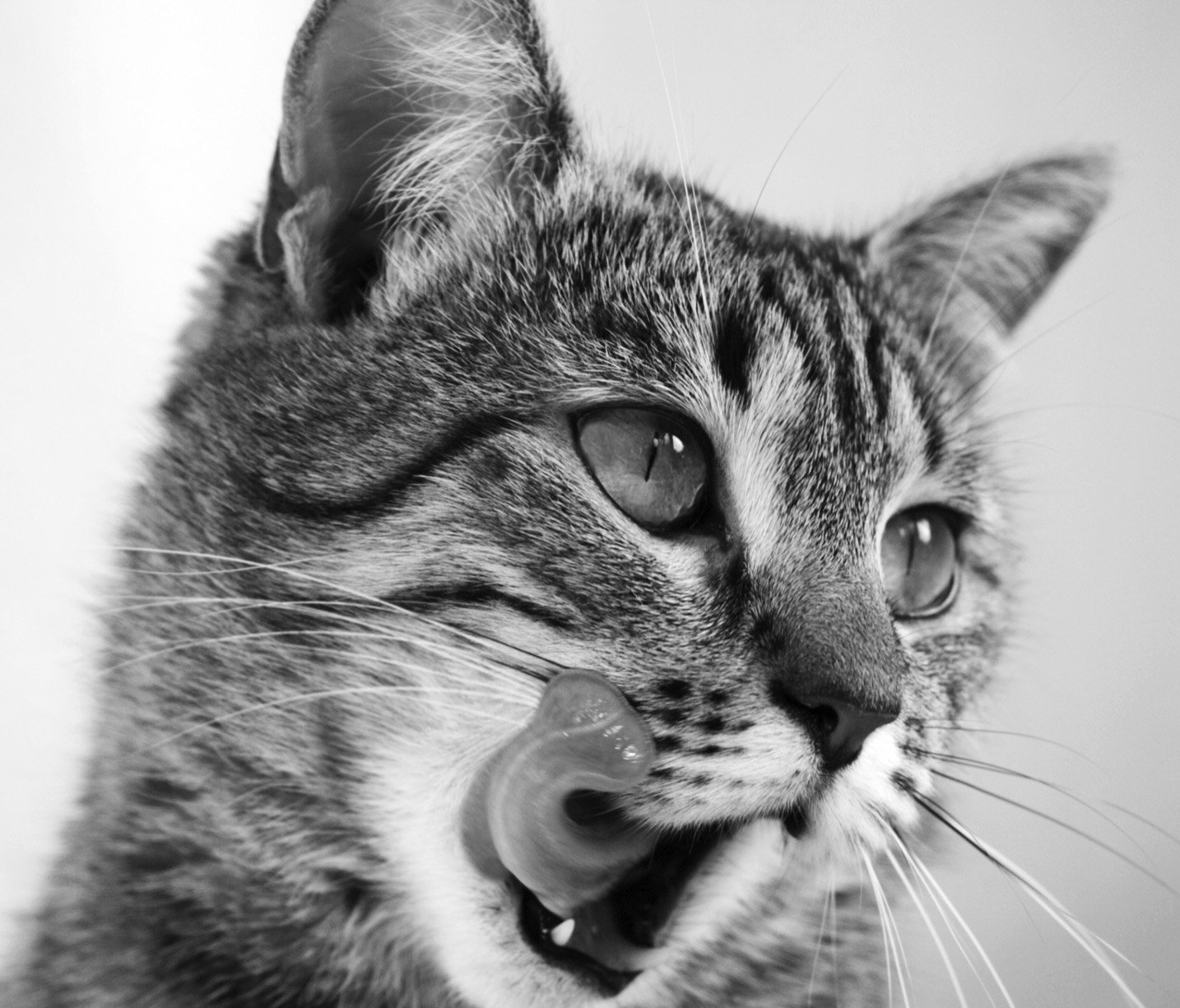

Another misconception is that all grains are included as fillers. Grains contain not only calories, but also protein, vitamins and minerals, and are often included to enhance the overall nutritional quality of the food. Grains are very healthy and safe for cats as a component of a good quality complete and balanced cat food.” (See the related article “The Myth of the Grain-Free Diet for Cats” in the July 2014 issue of Catnip.)
Which food has the “best” guaranteed analysis figures? “People focus too much on these numbers, and they are not useful in selecting foods,” explains Dr. Freeman. While guaranteed analyses state that a food has minimum and maximum levels of nutrients, the actual content could vary.
One study of more than 1,000 pet foods identified significant differences between the guaranteed and measured concentrations of nutrients; significance varied by food type. Further, guaranteed analyses cannot be compared from product to product because they include the food’s water content.
“A canned product may list six percent protein, while a dry food may say 23 percent protein — these look very different, but the actual amount of protein in these two foods may be identical because of the water content of the canned food,” says Dr. Freeman. “Comparing the guaranteed analysis is like comparing apples and oranges.” — Catnip staff

